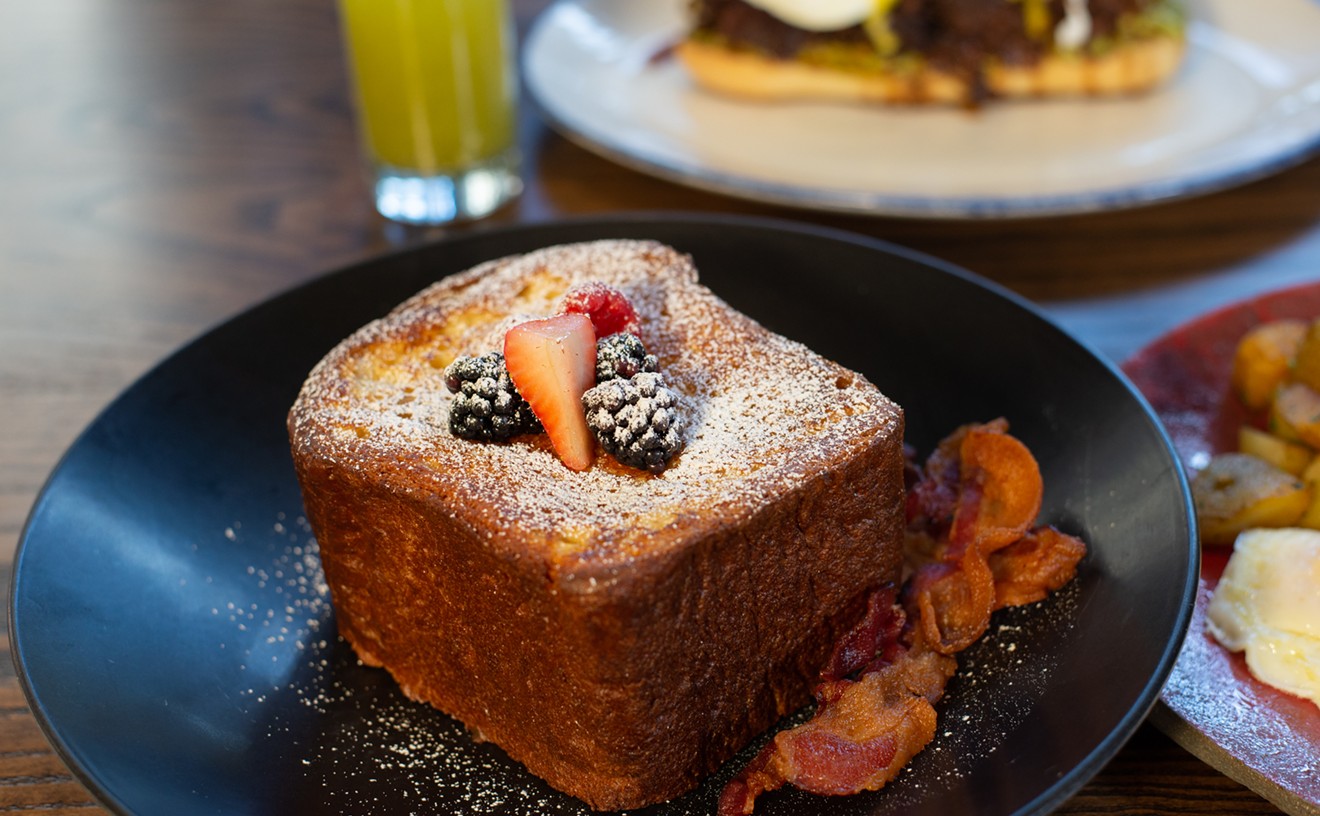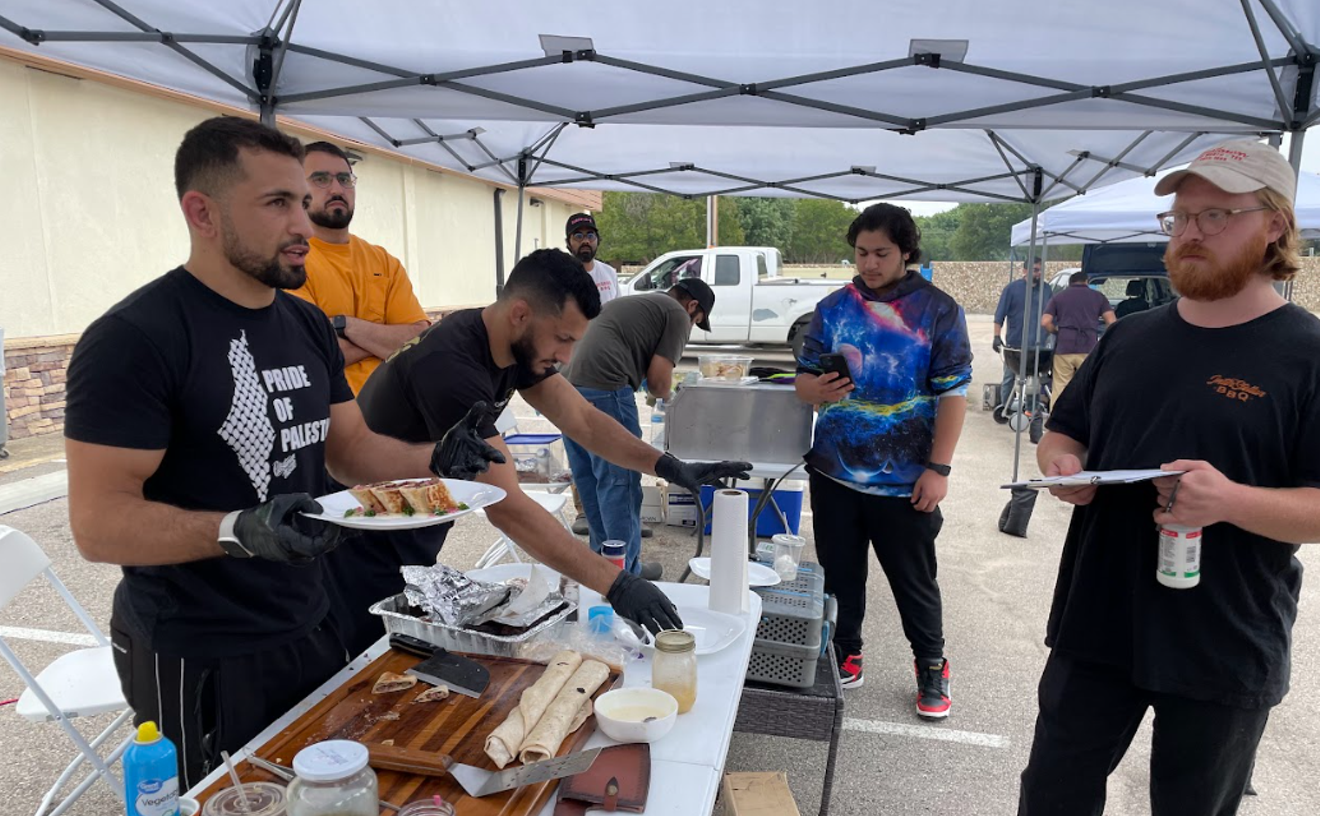Cans are starting to catch on in the craft-brew world, with more and more microbreweries offering their products in the once-maligned format -- even in Texas. Shiner has long offered its bock in cans, and upstart Southern Star is doing the same.
In fact, Dale's Pale Ale from Colorado's Oskar Blues brewery was named last year's Hophead Beer Of The Year largely because of its insistence on cans. Dale's, along with other Oskar Blues offerings such as Ten FIDY Imperial Stout and Old Chub Scottish Ale, proved beyond doubt that canning isn't just for the cheap, flavorless lagers of the world. Cans offer better protection from light and oxygen than their glass counterparts. They're lighter, more portable, and leave a smaller footprint on the environment than bottles because of the lower shipping weight and ease of recycling.
But all that would be moot if the beer didn't taste just as good as it did from the bottle or draft.
Libertine Bar owner Simon McDonald and New Belgium Brewing Co.'s "North Texas Beer Ranger," Jerry Bushon, offered to help determine if there is a difference in taste between the three primary beer formats -- bottle, keg and can.
Unfortunately, Bushon couldn't make it to the recent informal three-format sampling at The Libertine Bar with McDonald and me, but he did jot down notes about the differences.
"From a sensory perspective, there is virtually no difference in the beer," Bushon wrote. "Blind tastings have shown that the beer is consistent throughout."
McDonald and I put this theory to the test, pouring Fat Tire amber ale from a can, a bottle and from a tap into three different glasses. Indeed, from my first sip of each glass, I couldn't pick up on any discernible difference in the appearance, nose or taste of each. And that was in spite of the beers having been poured into three different glass styles.
McDonald tentatively suggested that the draft version might have a tad more carbonation.The Libertine Bar's draft system is top-of-the-line, McDonald says, administering the ideal amount of gas for each beer style, and it's cleaned out each time the beer is changed. Once he pointed that out, I could discern a slightly more robust CO2 presence, but the difference was all but negligible.
To be perfectly honest, this might have something to do with the beer itself. While I love many of New Belgium's excellent Belgian-inspired ales, I find the flagship Fat Tire rather dull. Consistency and drinkability are its strongest suits. As McDonald pointed out, New Belgium is one of the biggest microbreweries in the United States, so it has the resources and the motivation to ensure its product quality doesn't fluctuate from batch to batch or format to format.
We could have tried the same experiment with Shiner Bock, which also comes in all three formats, but I suspect the results would be the same -- for the same reasons. On the other hand, smaller breweries creating more complex product rarely if ever offer the same beer by keg, bottle and can.
Still, some will argue for one format over another. Bushon posits that any distinction is in the eye of the beer-holder.
"Probably one of the biggest factors is the perception of the drinker," he writes. "Where are they when they are drinking each package -- draft beer at the bar? Bottle at home? Can at the beach? And what stories have they heard or told themselves that affect their perceptions of each?"










